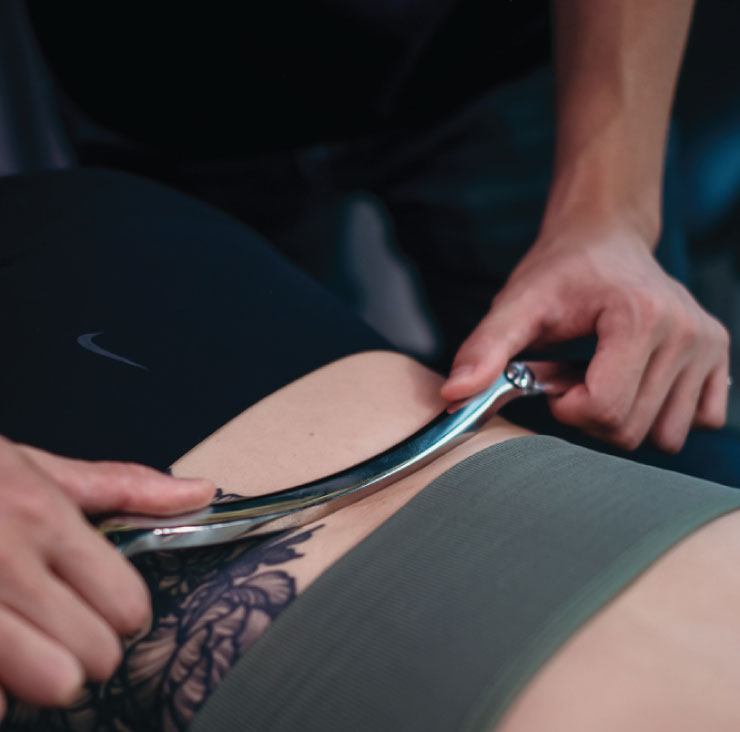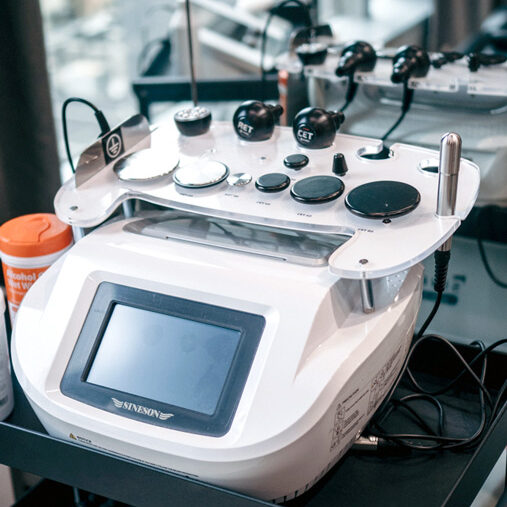
物理治療項目
射頻筋膜刀治療
什麼是射頻筋膜刀治療?
射頻筋膜刀治療結合射頻 (Radio Frequency) 技術和筋膜刀軟組織鬆解術 (Instrument Assisted Soft Tissue Mobilization, IASTM)。射頻刺激電阻較高的深層軟組織,產生熱能 (Resistive Electric Transfer, RET),有效鬆解肌筋膜黏連,舒緩肌筋膜疼痛。深層熱能能軟化筋膜的膠原蛋白,使療效超過一般純筋膜刀治療。
熱能射頻筋膜刀的原理
治療原理基於「電極筋膜刀」,利用高頻率的電磁能量導入及射頻刺激深層軟組織,產生熱能,並搭配筋膜刀達到減輕疼痛、放鬆肌肉、減輕水腫、再生組織和癒合組織等功能。射頻熱療能迅速在身體深層產生熱力,鬆解肌筋膜黏連,並舒緩疼痛。深層熱能使筋膜的膠原蛋白軟化,療效優於傳統人手筋膜刀治療。
治療效果
透過筋膜刀的操作破壞黏連組織,促進修復與癒合,幫助舒緩身體不適,放鬆各部位的肌肉筋膜,改善血液循環及消腫。

